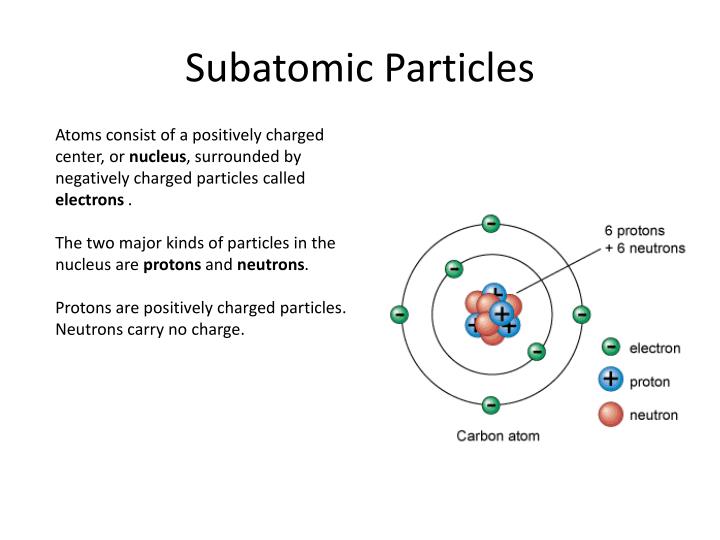
“By using multiple detectors positioned around the object, it’s possible to build up a crude 3-D image.”Īfter using muography to see inside an innocuous Japanese mountain in 1995, the technique was eventually deployed at active volcanoes. With one detector, you can get a two-dimensional image of a volcano’s innards, “similar to a medical X-ray,” said David Mahon, a muography researcher at the University of Glasgow who was not involved with the study. Scientists could place detectors around a volcano’s flanks, or even fly one around the volcano with a helicopter. To perceive these features, volcanologists could use muon detectors, which range from the size of a suitcase to the area of a small apartment. That includes volcanoes, which are made of either magma-filled or vacant passageways, a diversity of rock types and countless cracks, crevasses and chasms. Objects are rarely equally dense throughout. The denser the material is, the more likely these muons will lose all their energy, grind to a halt and decay into neutrinos and electrons.
#Particles definition zip
When muons zip through material, their momentum is sapped.

He and his colleagues say if you can use muons to track the movement of molten rock in real time, you should be able to forecast when an eruption is about to transpire. One day, volcanic muography could become the “ultimate detection system for magma,” said Giovanni Leone, a geophysicist at the University of Atacama in Chile and the study’s lead author.


 0 kommentar(er)
0 kommentar(er)
